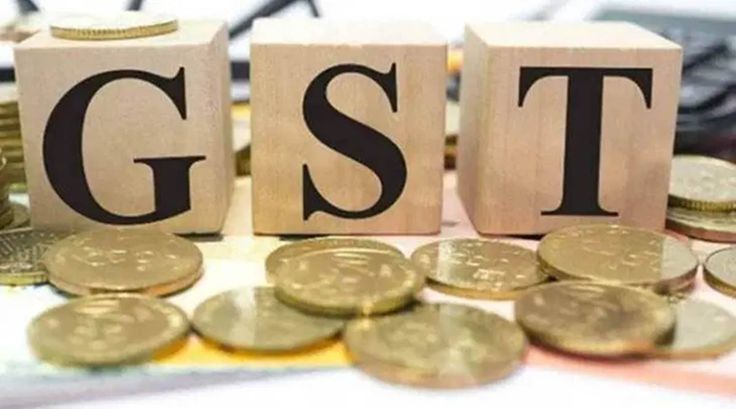India’s Goods and Services Tax (GST) collections for October 2025 reached ₹1.96 lakh crore, marking a 4.6% year-on-year increase, according to data released by the Ministry of Finance. This growth reflects strong consumer spending during the festive season and a steady rebound in economic activity, even as the government implemented selective tax reductions to stimulate demand.
The October figures represent one of the highest monthly GST revenues in the current financial year, underscoring the resilience of India’s consumption-driven economy. Analysts note that festive sales during Navratri and Dussehra significantly boosted collections, as sectors such as automobiles, electronics, and consumer durables saw a surge in demand. The uptick also coincides with a notable rise in e-commerce transactions and improved compliance through the government’s digital monitoring systems.
Officials from the finance ministry highlighted that both central and state GST components registered growth, with Central GST (CGST) amounting to around ₹34,800 crore and State GST (SGST) reaching approximately ₹43,200 crore. Integrated GST (IGST) contributed the largest share at ₹1.02 lakh crore, including ₹52,000 crore collected on imported goods. The consistent rise in GST inflows is being viewed as a sign of broad-based economic stability and a testament to the success of India’s tax reform structure, now in its eighth year.
Economists attribute the increase to a combination of factors. Apart from festive momentum, improvements in compliance and automation have strengthened revenue efficiency. The government’s introduction of AI-driven analytics to track fake invoicing and input tax credit misuse has helped plug revenue leakages. Additionally, initiatives such as e-invoicing for medium and large businesses have streamlined tax filing, ensuring faster and more accurate reporting.
Sector-wise, the manufacturing and services segments led the contribution, supported by steady growth in logistics, construction, and retail. Automobile sales showed impressive gains, reflecting renewed consumer confidence and aggressive discount strategies by major automakers. Similarly, the real estate sector benefited from festive offers and a surge in home loan approvals, translating into higher GST payments on building materials and interiors.
From a regional perspective, large states such as Maharashtra, Karnataka, and Tamil Nadu recorded double-digit growth in tax receipts, while smaller states like Uttarakhand and Himachal Pradesh also reported impressive increases due to a rise in tourism-related spending. The overall momentum suggests that India’s domestic demand is holding firm, even as global trade conditions remain uncertain.
The finance ministry stated that the government will continue focusing on widening the tax base and improving digital integration to sustain growth in collections. The success of the GST system, officials said, lies in its ability to encourage voluntary compliance while simplifying the tax landscape. “The goal is to make GST not just a revenue tool, but a platform that supports ease of doing business and formalization of the economy,” a senior official noted.
Despite the positive outlook, experts caution that inflationary pressures and uneven global demand could affect future trends. Crude oil price fluctuations, currency volatility, and supply chain issues remain key risks. However, India’s robust domestic consumption and proactive policy support are expected to cushion any external shocks.
Looking ahead, policymakers anticipate that November’s GST figures may stay elevated due to Diwali-driven sales and pre-winter consumer activity. If this momentum continues, India could close the fiscal year with average monthly GST collections above ₹1.9 lakh crore, exceeding last year’s benchmark and reinforcing confidence in the nation’s economic trajectory.
The rise in GST collections not only reflects a buoyant festive economy but also underscores the growing formalization of businesses across sectors. With improved compliance mechanisms, expanding digital infrastructure, and stable consumer sentiment, India’s tax ecosystem is evolving into a more efficient and transparent system — one that mirrors the country’s broader ambition for sustainable and inclusive growth.


